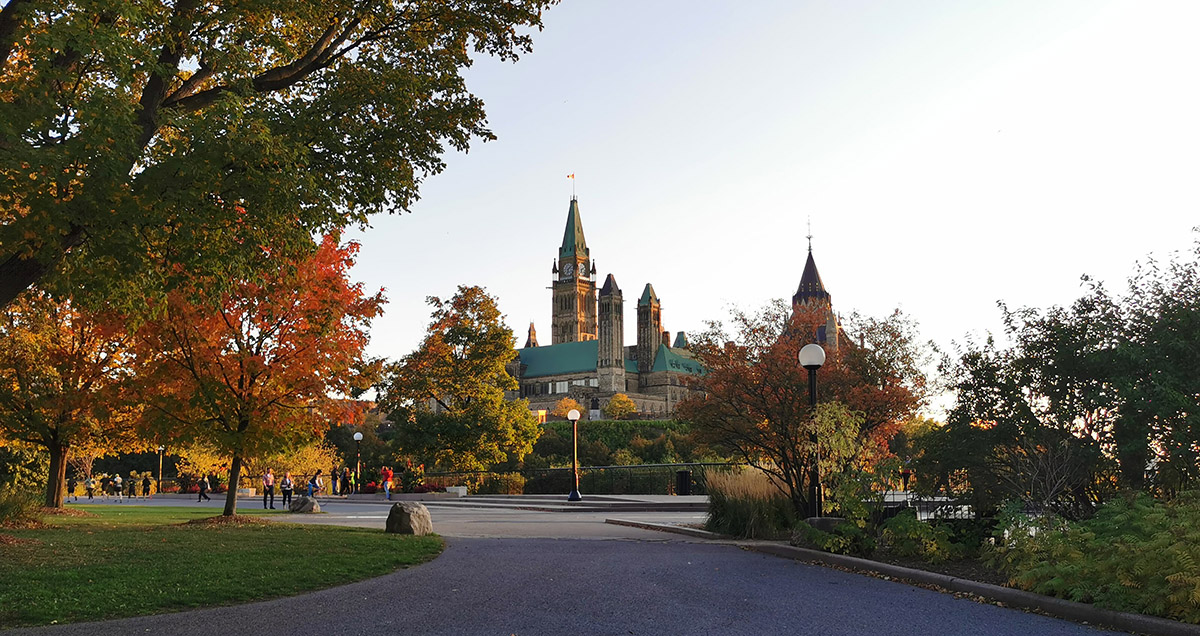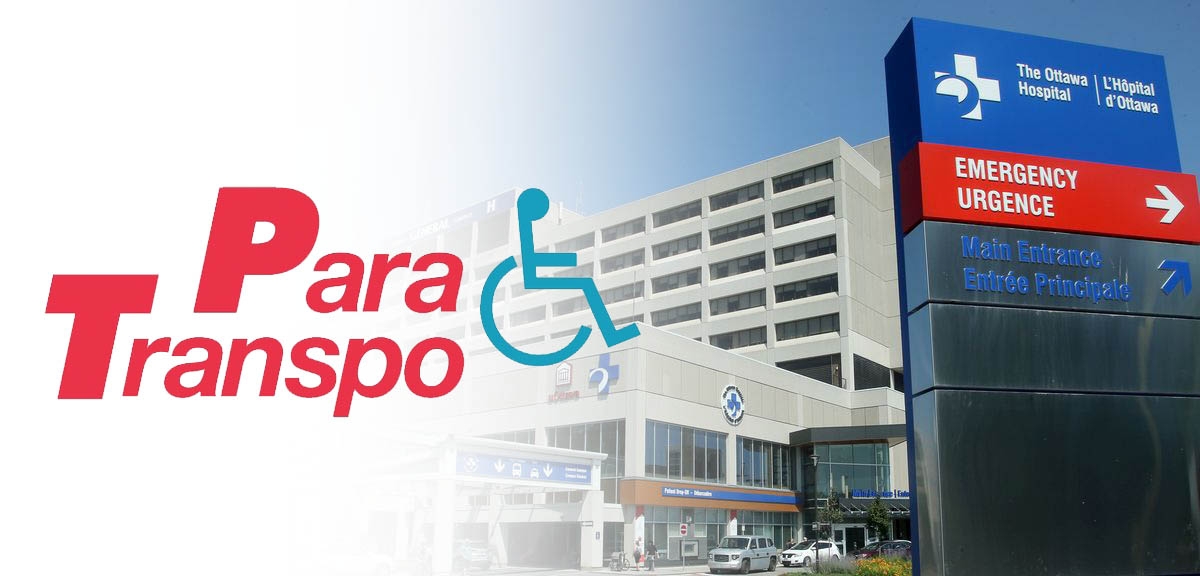
Revitalizing Downtown Ottawa: What Needs To Be Improved?
In response to the reduced pedestrian traffic in Ottawa’s downtown core, which has not returned to pre-pandemic levels, public servants in the 70 departments that make up the core public administration (CPA) began returning to the office this month for a hybrid work model that mandates, depending on the branch, a minimum number of days in the office each week. For most, it means three days, up from the previous two days.
However, some unions oppose this idea, stating that working from home is more efficient and offers better flexibility. In May, the Public Service Alliance of Canada (PSAC) challenged the policy, and an official hearing will be held in the Federal Court. PSAC’s union has also launched a petition to repeal the back-to-office mandate.
Alan Doak is one of the principals of Proveras Commercial Realty, a real estate brokerage located in downtown Ottawa. He has observed a significant decrease in visitors downtown due to increased remote working. He views the new back-to-office policy as a hopeful solution.
“My bet is September is going to be busier than it has been. I think we’re still not back to pre-pandemic levels of occupancy downtown, but there’s definitely more people that are coming now than were before,” he said.
Doak is among the many private sector workers who believe Canadians are not getting as efficient service from the government due to remote work, and he says that an “office first” workplace program would help. This means that workers downtown should view their office as their default position while also acknowledging flexibility with remote working.
But there are other problems that Doak says should be given more attention: homelessness and drug addiction in the downtown core. The ByWard Market, for example, has seen a notable increase, which diminishes the area’s attractiveness. Back in July, Ottawa police opened a satellite office in the Rideau Centre and increased their presence in the area, specifically in “eight “hot spots” for crime and social disorder. Subsequently, in August, the city launched a 2-1-1 pilot project in Centretown to assist those with mental health and substance abuse issues.
Despite the recent changes, Daok says, “It is just not that appealing for people to have to be around or adjacent to that sort of thing.” He says that an exodus of office tenants from the ByWard Market has been largely attributed to employee safety concerns. This problem is worse once the clocks fall back, as Doak notes, “. . . if you leave and it’s dark, the street people are a concern.”
However, he adds that the downtown core remains attractive to some tenants due to its dense business environment, proximity to the federal government, and convenient access to transit access. “On the positive side, we do have people coming downtown more often. Nobody’s particularly worried about Covid anymore, and so that’s no longer a reason not to come to the workplace, not to socialize, go out for lunch, and that sort of thing,” he said.
In addition to the CPA’s return to office policy, Ottawa’s downtown core will be receiving funding to help fulfill its revitalization plan. The Ottawa Board of Trade announced its $500 million Capital Investment fund, which will go towards new housing, transit options, and boosting economic activity in the area.
A significant injection of funds is crucial to help revitalize the withering core of the city, yet greater attention must be given to the vagrancy issue. Doak stated, “I’m not sure just building them houses is the right way to go. I think we have to change the laws as well around whether people are allowed to live on the streets and hang out there and be disruptive on a day-to-day basis.”
Nick Maiorino, co-founder and principal of Proveras, believes that good and continuous customer service within the many businesses surrounding the downtown core also plays a key role in attracting more visitors to the area.
“If you’re in the business where you’re interacting with the general public, coming in, you need to make sure that they are service oriented, care about pleasing others and making it an enjoyable experience, and getting the right types of people into those jobs and training,” Maiorino said.
“These things are contagious, and they’re extremely important. I think that when you’ve got the opposite that happens, you have the opposite reaction. It’s just kind of a spiral in the wrong direction.”
Maiorino agrees with Doak’s sentiment on solving issues surrounding homelessness and drug addiction downtown and having an “office-first” approach for civil servants. He says that employees working in the office together provide greater outputs for a company’s goals instead of being separated by remote working, but it needs to be balanced correctly with employees’ needs to work from home.
“I believe that there is a very significant need to have the type of flexibility that remote (work) allows because we all have lives to live, but we have to be able to live our lives and still make the contributions of work. If handled correctly, I think that it’s a very positive thing because we all end up better off, but that means that people are going to be coming into the office more,” Maiorino stated. “If something needs to happen from work involved someplace else, we have the ability and technology to do it. As long as it’s always with the understanding of it’s an office-first approach, or it’s an in-person-first approach, everything else is kind of the ability to be productive.”
Announcements such as the new Live Nation Canada venue along Rideau Street, the proposed Ottawa Senators arena in Lebreton Flats, and Ottawa’s Nightlife Commissioner, Mathieu Grondin, create the opportunity for significant changes in downtown Ottawa. Add workers returning to offices and strategies to solve drug use and homelessness, and there are hopeful signs that the downtown core may well return to its former glory.








